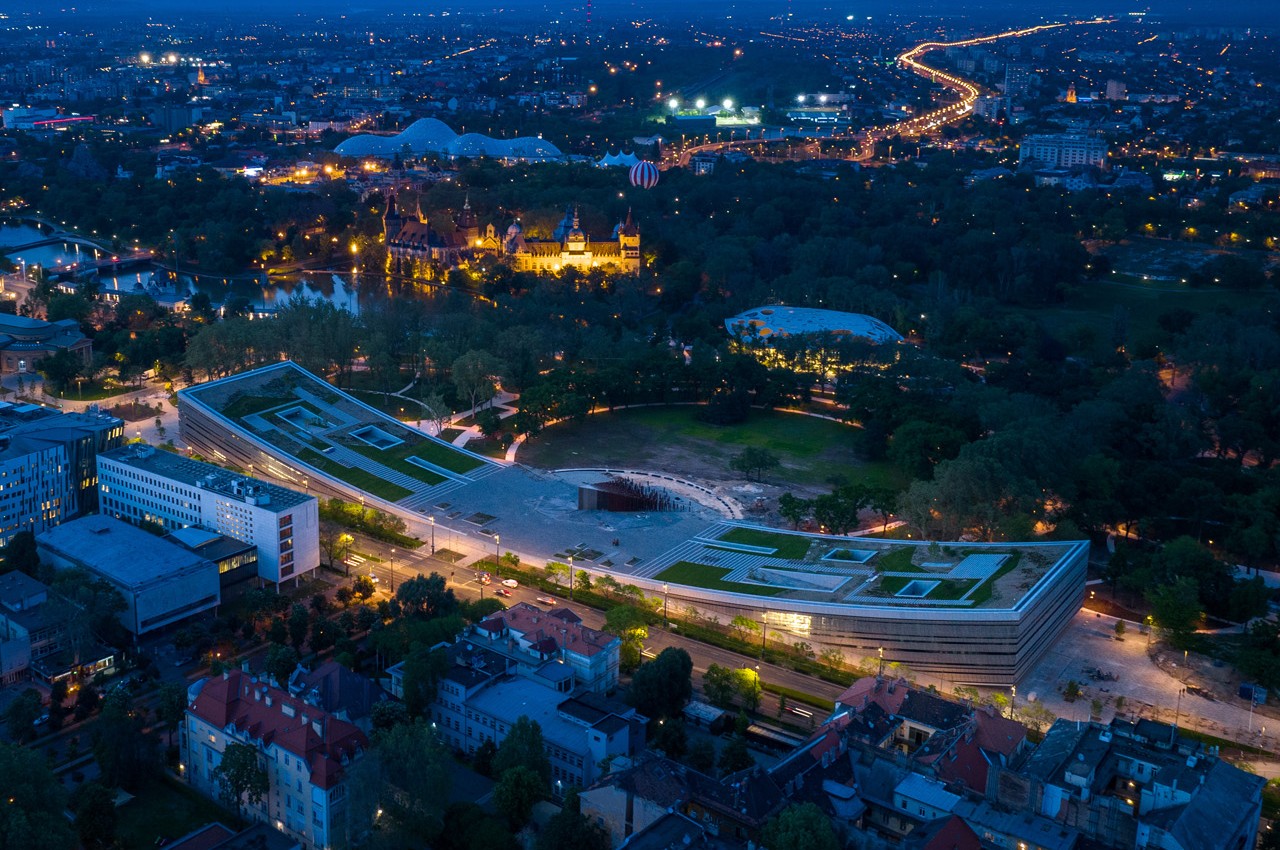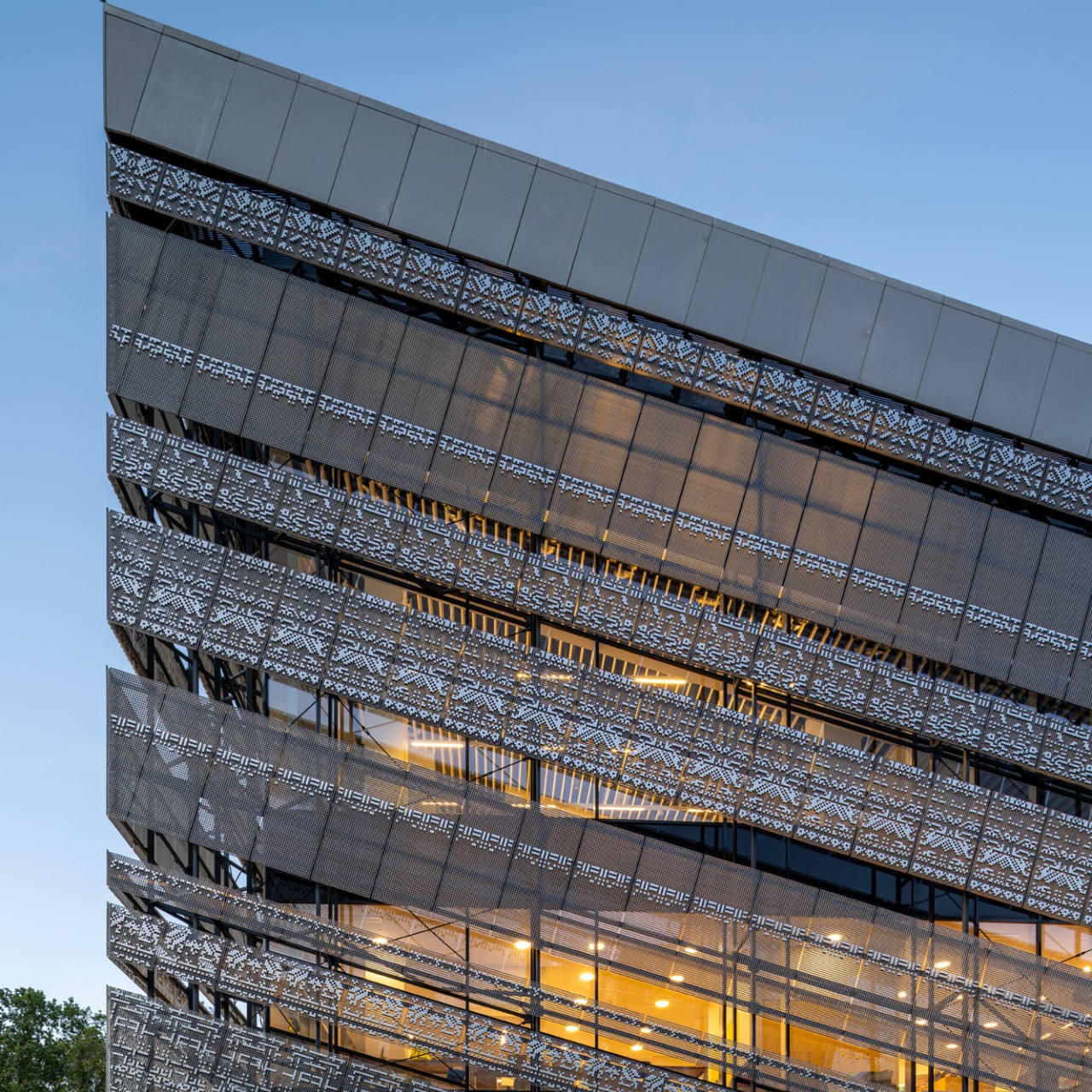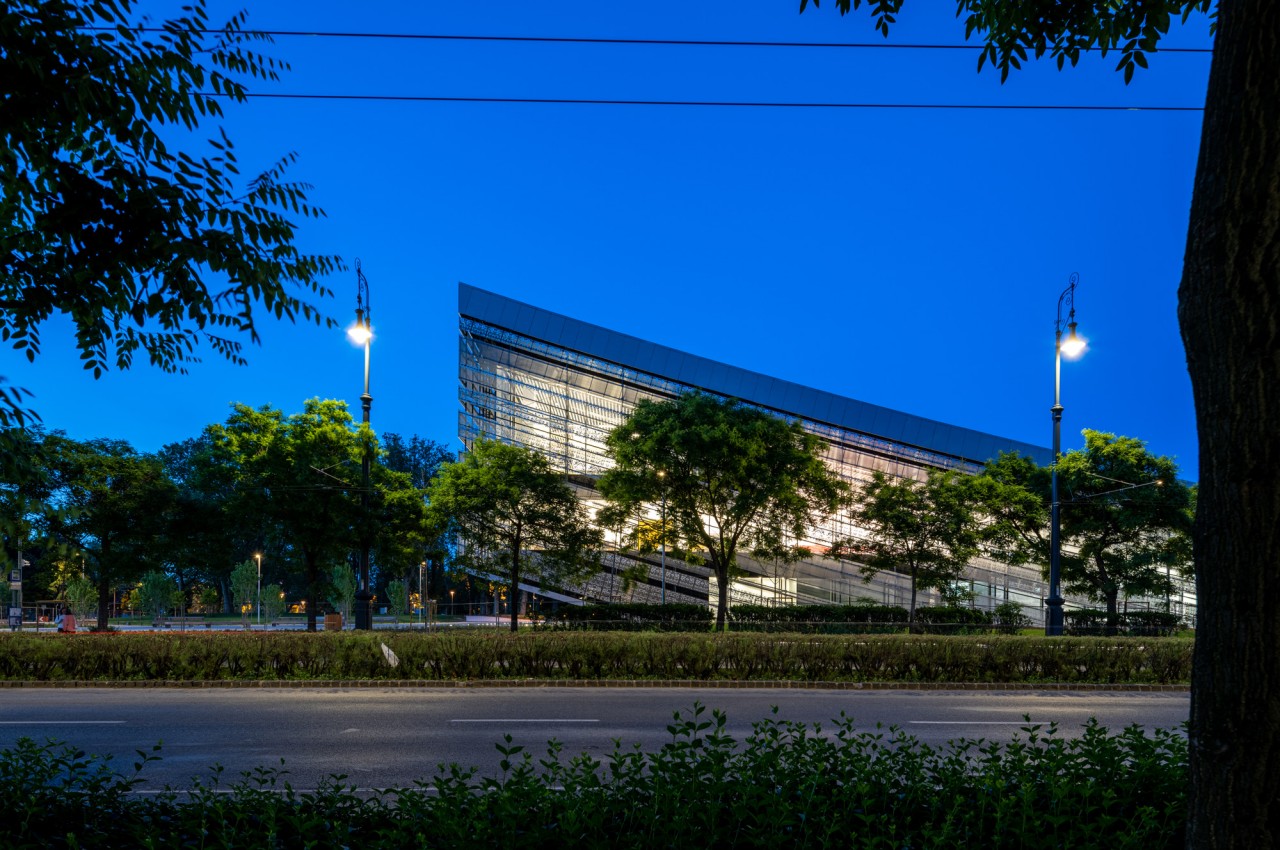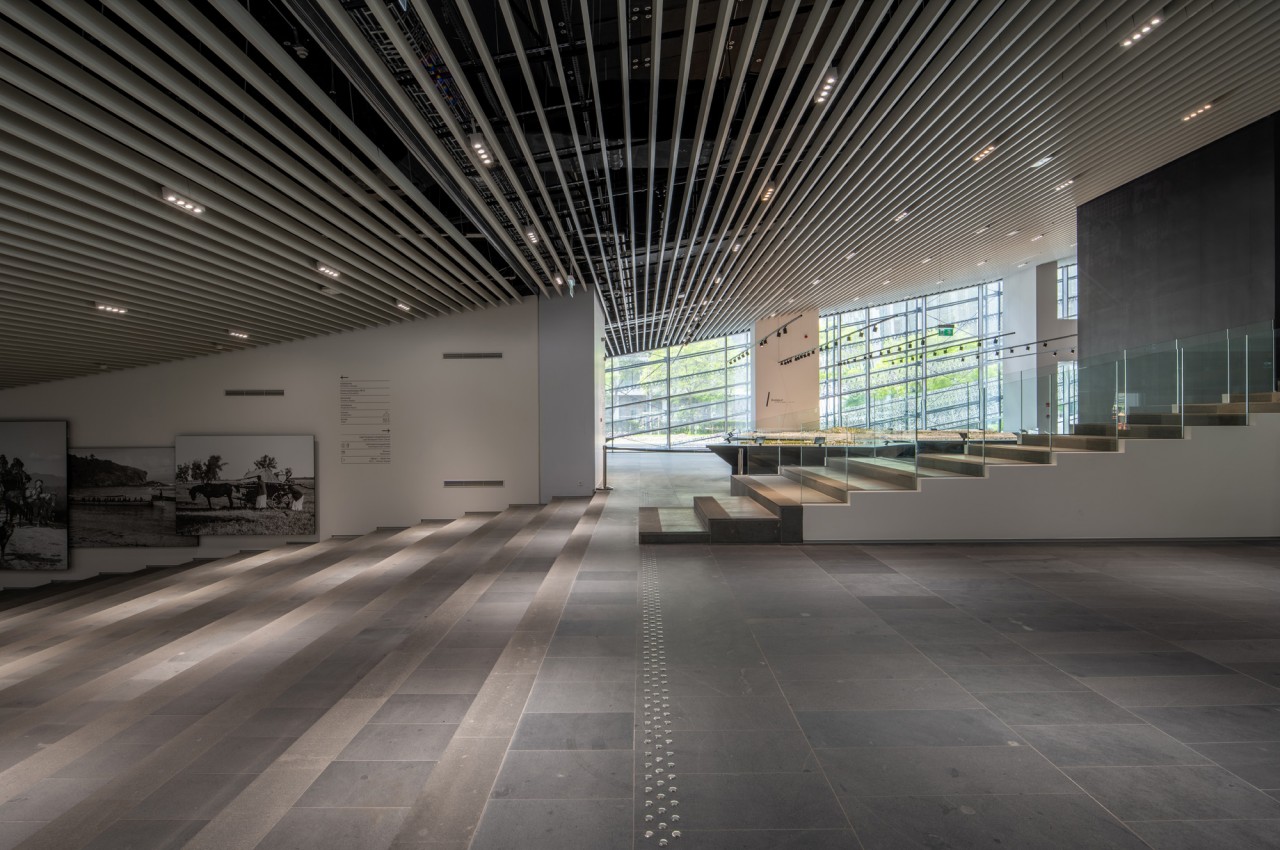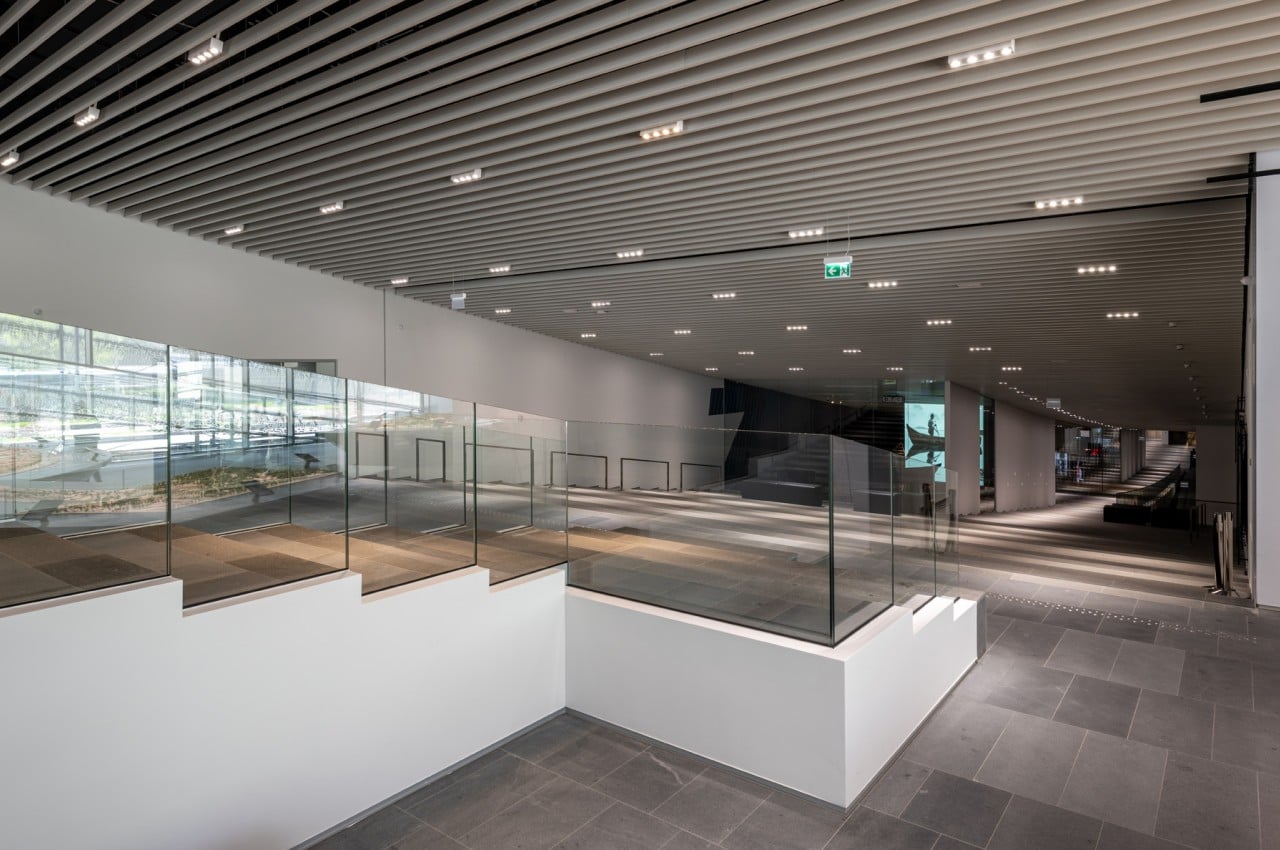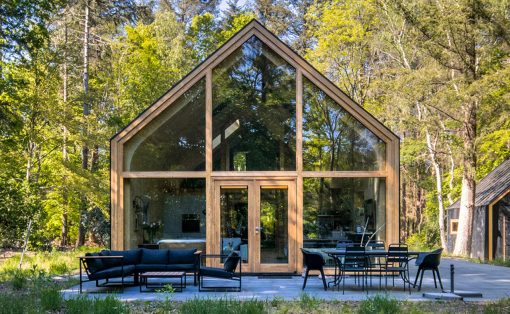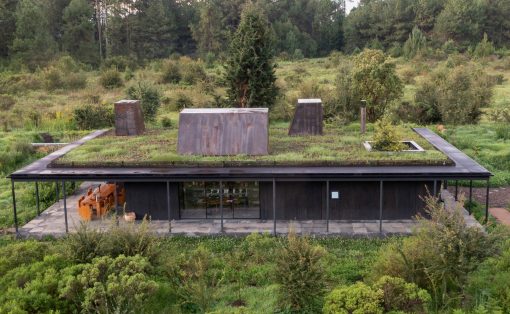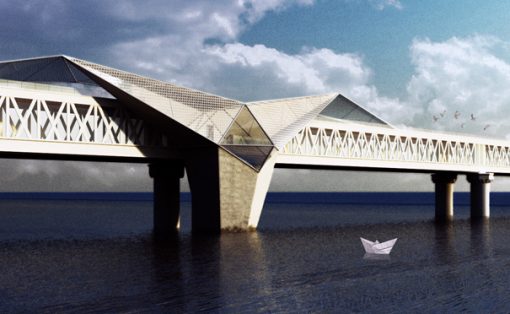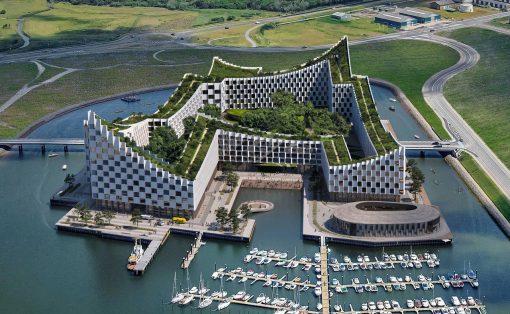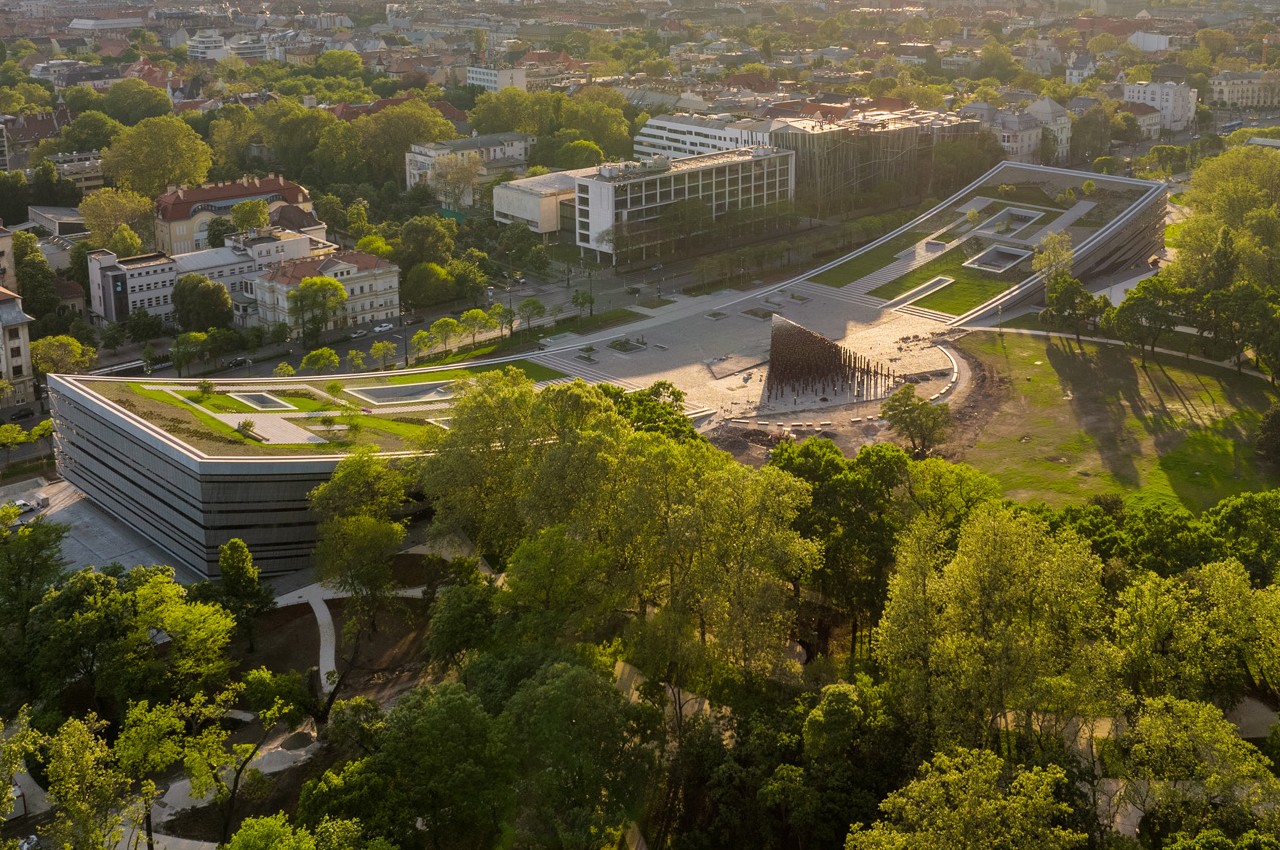
When talking about stunning architectural works, we often think of structures and buildings that stick out from the ground. This can be something as sprawling as a majestic palace or something as breathtaking as a thin skyscraper. After all, it’s a bit difficult to appreciate something that’s hidden underground. Of course, it’s not exactly impossible, especially if the entrance to that underground haven stands out in a very special way. One would presume that an underground structure wouldn’t need to have a grand entrance, but the new Museum of Ethnography in Budapest dares to be different, creating an awe-inspiring visage where the ground meets the sky, welcoming visitors to the treasures trove inside while also providing a completely new experience for people who just want to stroll along.
Designer: NAPUR Architect
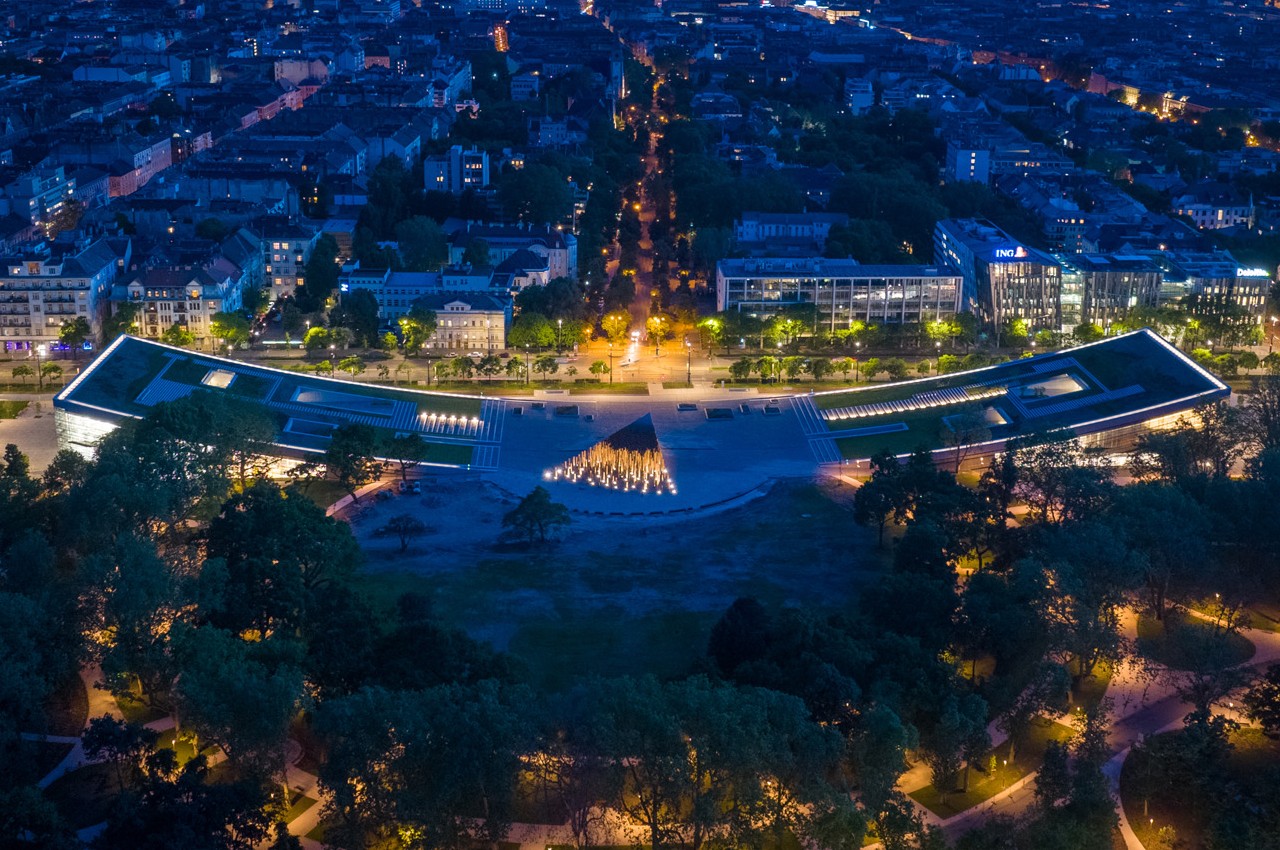
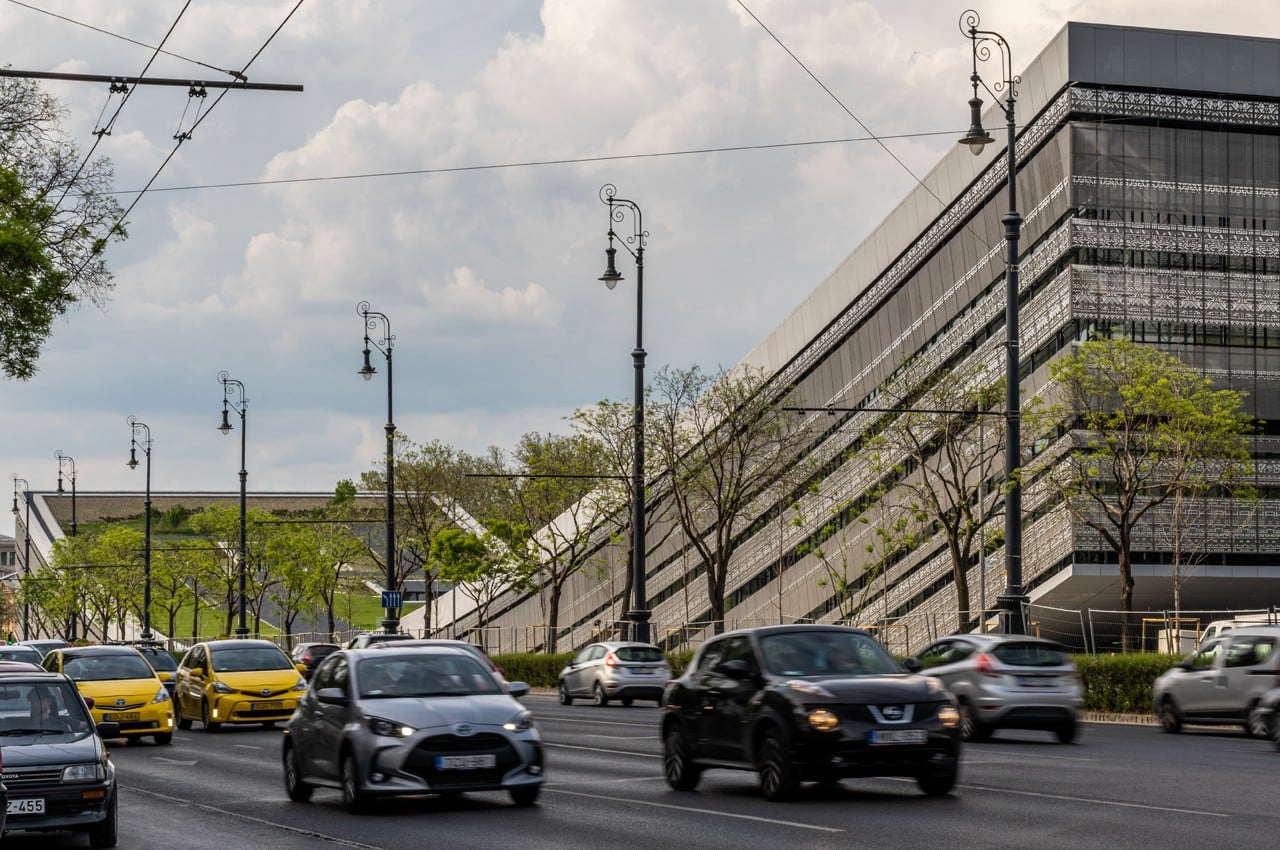
About sixty percent of the newly inaugurated Ethnography Museum is actually below ground level. This is where the main attraction of the venue is stored, of course, housing around 250,000 historical artifacts in a single facility for the first time in over a century. Rather than just having a simple structure to house the entrance to this underground museum, however, the winning design went the extra mile to create a structure that is itself a wonder to behold. More importantly, it also serves as a place for people to congregate and enjoy the fresh outdoor atmosphere, probably before or after filling their minds with knowledge of the past.
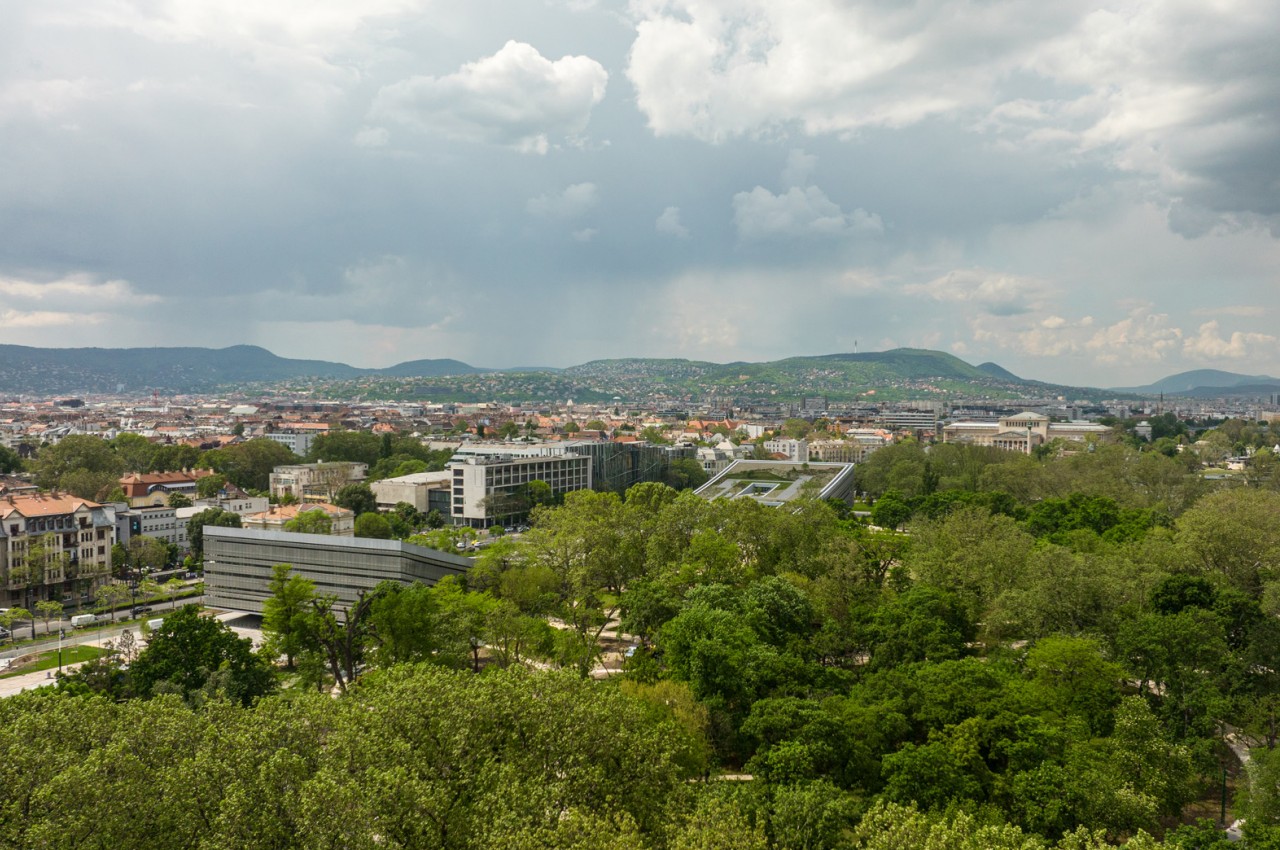
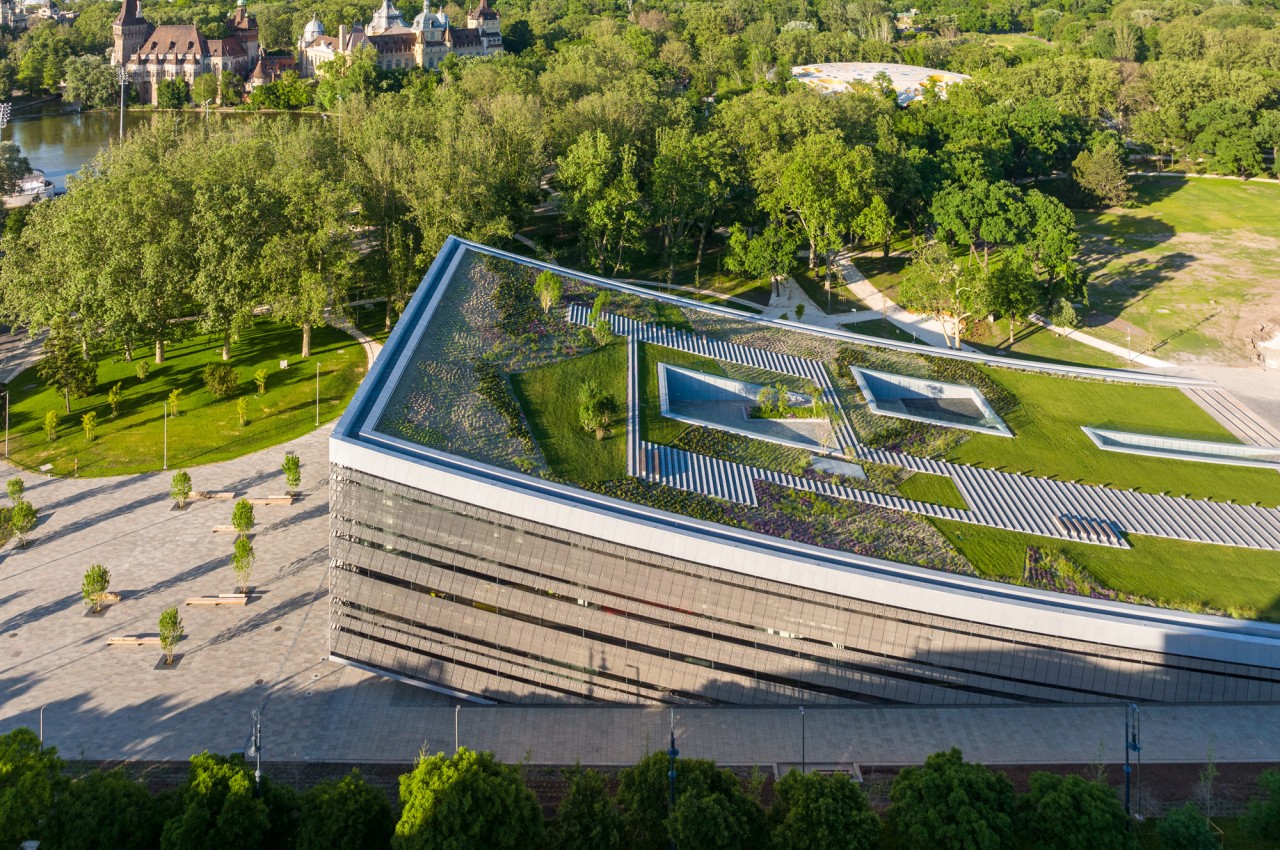
It’s not exactly easy to describe the shape of the museum’s above-the-ground floors. A skating rink might be an apt comparison, with a surface that curves downward in the middle to become level with the ground. Alternatively, you could also picture it as the building’s sides rising above the ground to reach the sky. Whichever way you try to think about it, the museum’s roof is both above ground as well as on the ground, creating an almost seamless connection with the park surrounding it.
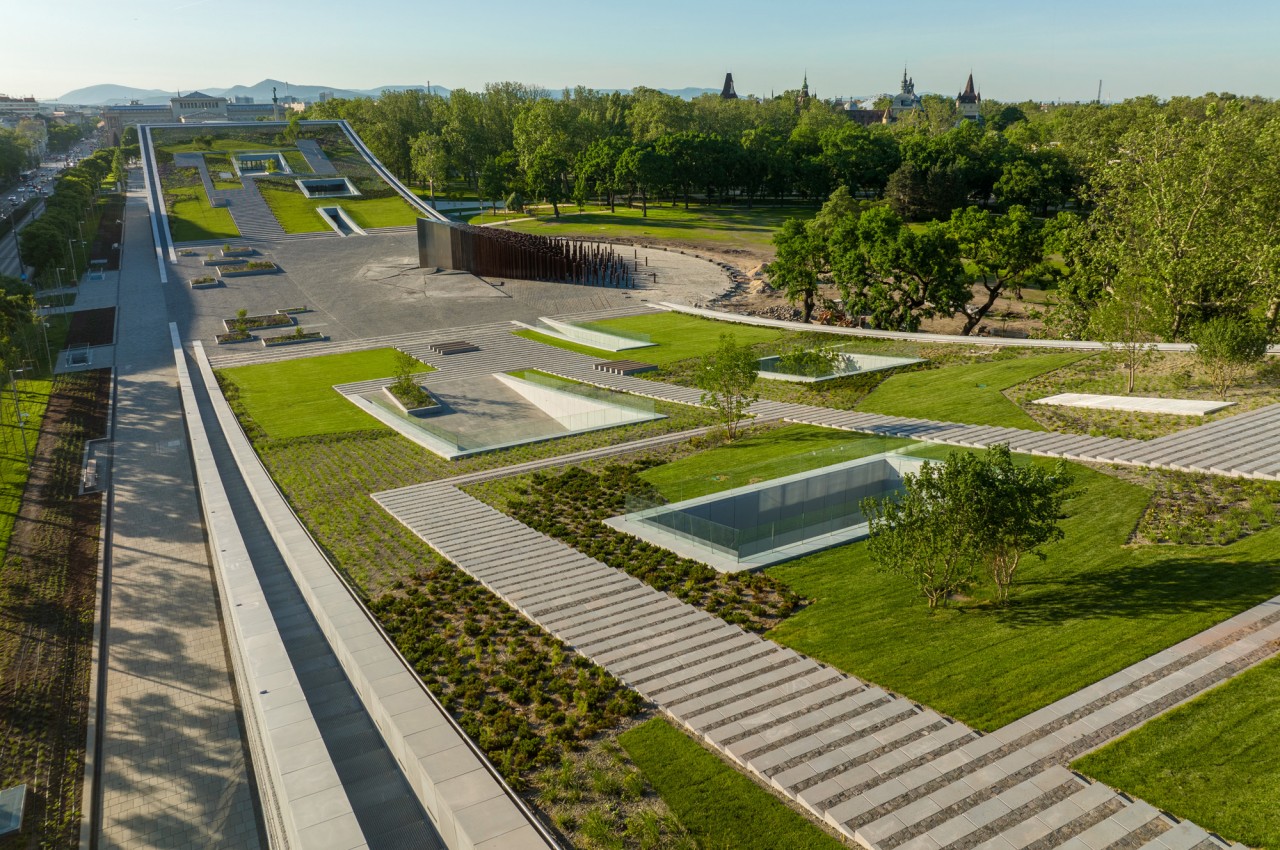
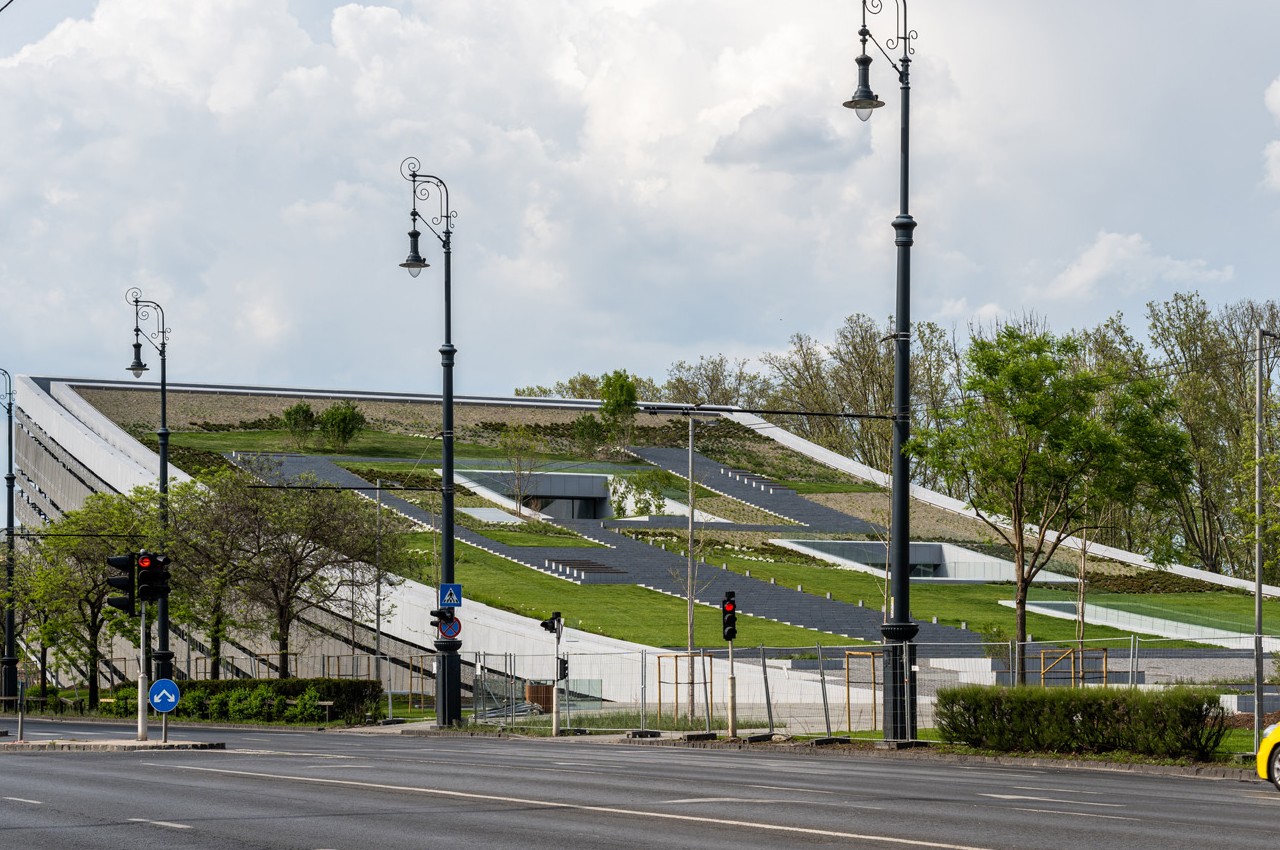
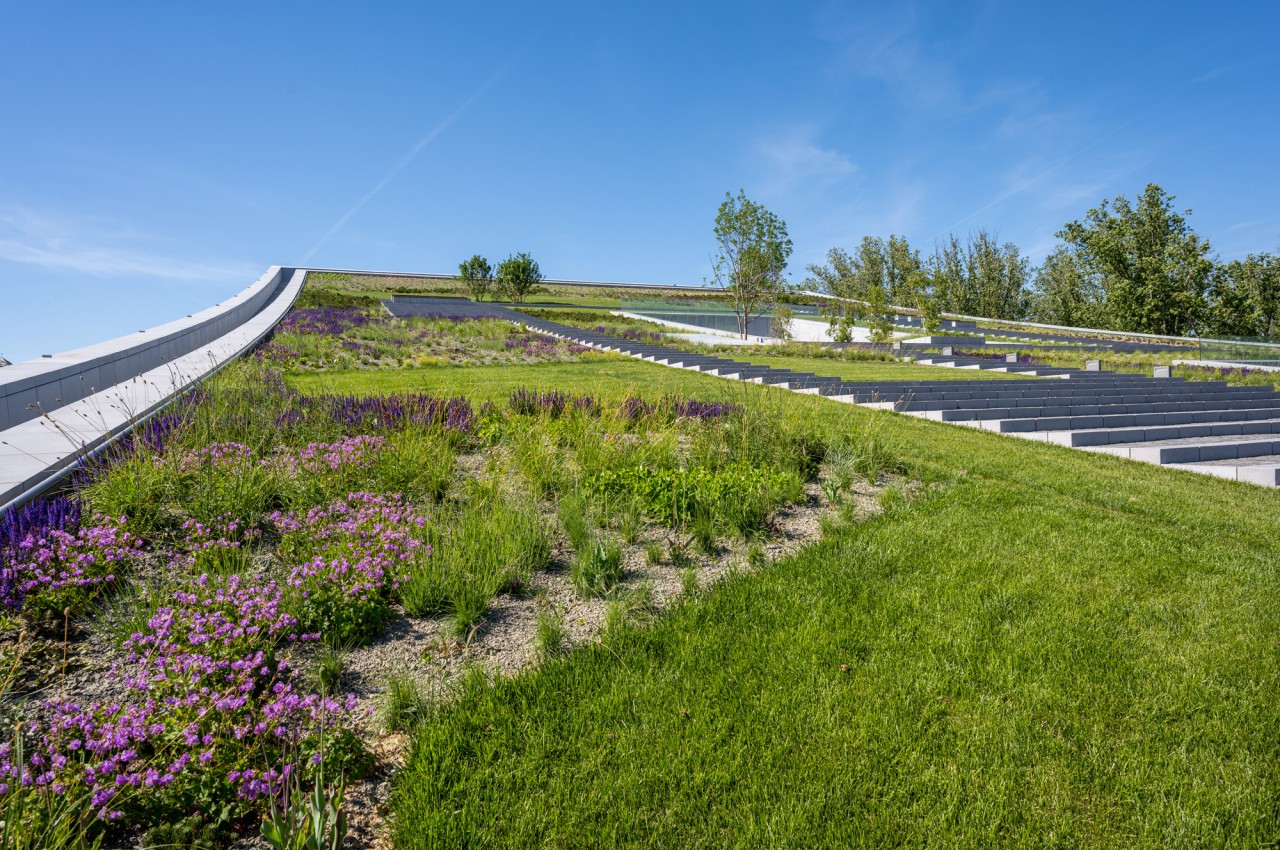
The grass-covered roof definitely feels like an extension of the green park and is a perfect venue for community and social activities. But while the structure of the building is its most eye-catching part, closer inspection will also reveal equally interesting details that are more closely related to the building’s purpose. A glass curtain wall surrounds the exposed part of the landscaped roof, and this wall holds metal grids that create a dot-matrix display based on ethnographic motifs from the museum’s collection.
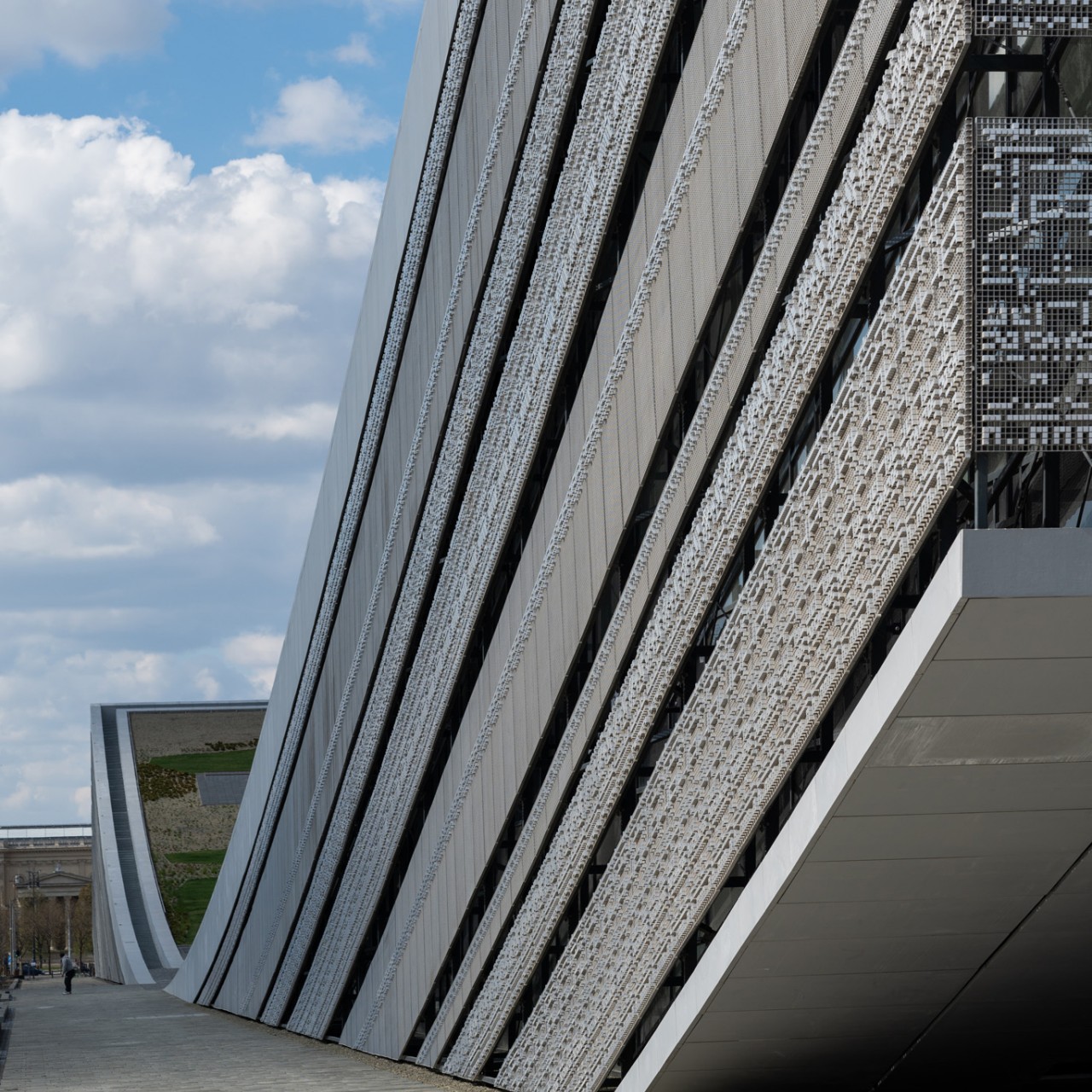
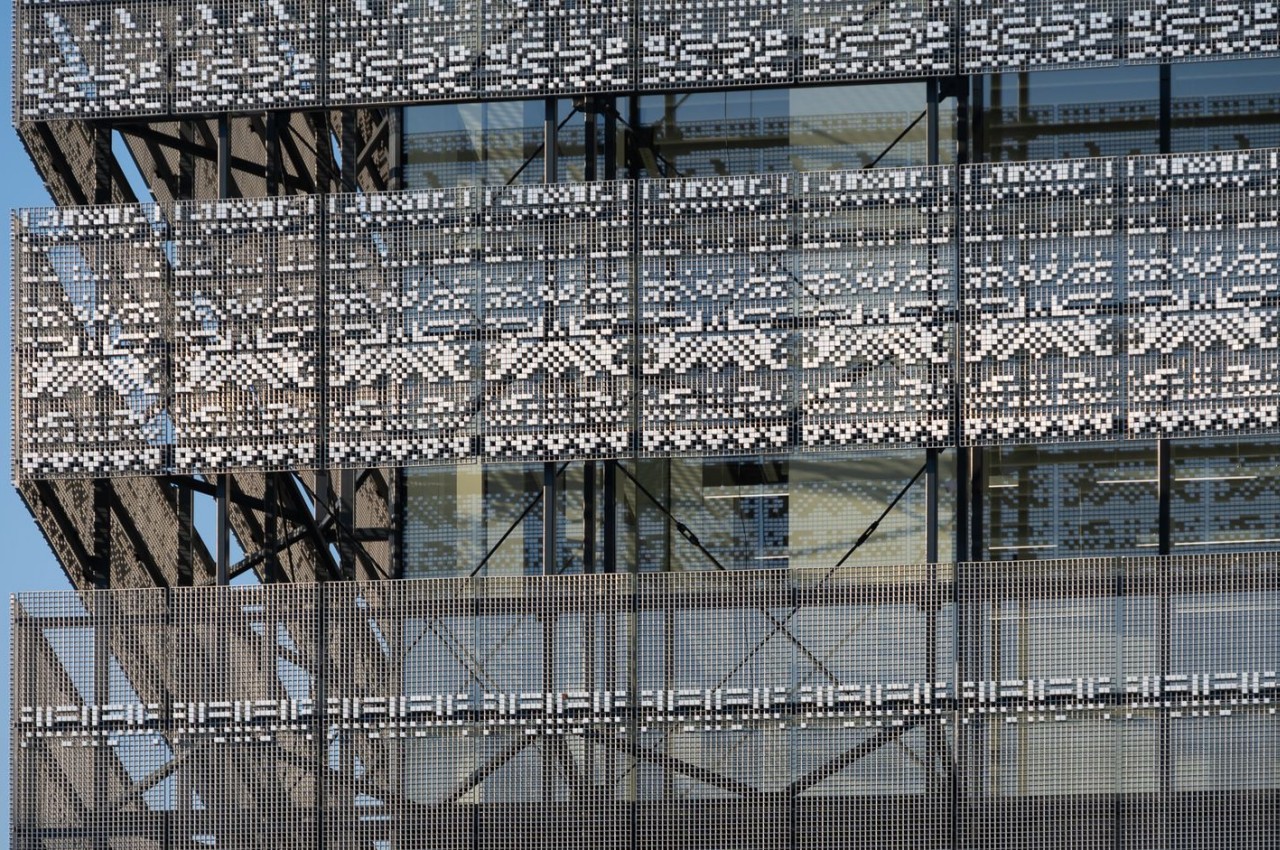
Whether it’s the wealth of historical artifacts inside or the beauty of the structure outside, this new Hungarian museum is bound to be the center of attraction for the country. It is a design that tries to blend the past and the present in a non-obvious manner, creating spaces that encourage communication, interaction, and perhaps even a bit of reflection. Either way, it’s definitely a great way to invite people to take a break on the landscaped roof garden and to maybe take a peek inside Hungary’s collection of cultural treasures while you’re at it.
